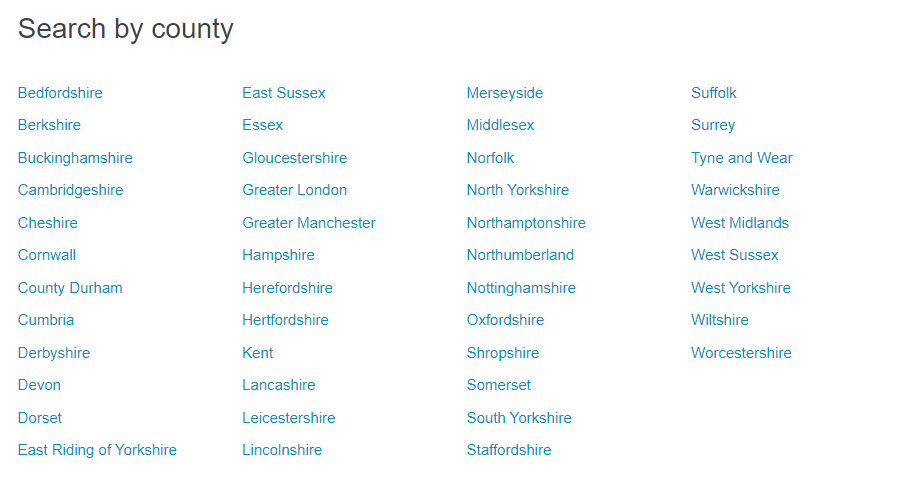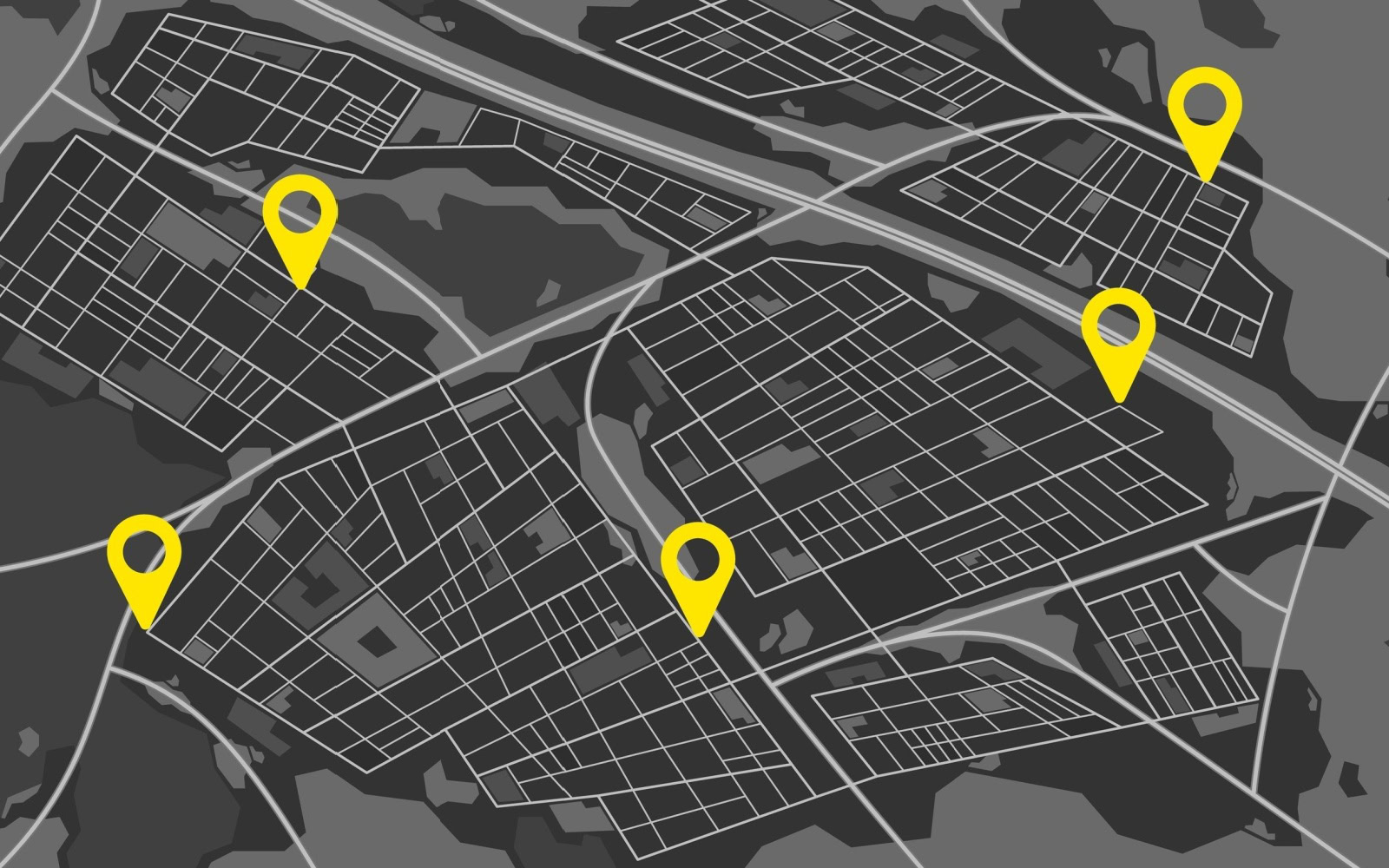For enterprise multi-location businesses, the alignment of your SEO strategy and business strategy is crucial for success.
Whether the business is operating a franchise model, a retail chain, or multiple hubs operating as a service area business, your approach to local SEO needs to be tailored to meet your specific goals. It also needs to be scalable and efficient enough to be maintained while returning long-term ROI.
Another key requirement is that your content approach produces enough value for users, and Google, so that it falls above the indexing quality threshold.
This means going beyond the standard best practices for local SEO and creating a local SEO campaign that drives brand visibility and conversions sustainably.
Aligning The SEO & Business Strategies
Multi-location businesses have different objectives.
While the basics of multi-location management are the same, your approach needs to work with the overall strategy and align with the overall business objectives.
For example, the strategy franchise business with multiple operators running service businesses in multiple towns, cities, and states will differ from a big-box store with hundreds of locations in multiple states.
Success metrics also vary. Typically, the KPIs for enterprise local SEO campaigns fall into one of the following categories:
- To drive visibility and footfall to the individual locations.
- To funnel local intent searches to the online store for direct delivery, or future interaction with local stores.
- A combination of the two above.
Depending on what the business determines as “success” will greatly impact your approach to creating a choice architecture for users, and how you report on success.
Approaches To Bulk Local Page Creation
Over the years, our approach to describing and producing multiple area service pages has changed.
A decade ago, we’d describe low-quality versions with small amends and largely the same content as doorway pages, something Google moved to devalue over time.
In more recent years, with the increased popularity of programmatic SEO, or pSEO, this method has become a popular go-to for creating these pages at scale.
Programmatic Content Creation For Local Service Pages
For businesses that operate hundreds or thousands of locations, programmatic or partial-programmatic content creation can be an attractive option.
Programmatic SEO, or pSEO, allows you to scalably generate large volumes of content. This approach has helped a number of businesses scale, but it can also lead to problems if the pages being created don’t create enough of a unique value proposition for Google to invest resources.
If we look at two common website architectures for local service pages, we typically have either a central service page and then local service pages, or a central page that acts as a gateway to the locale service pages – such as a store locator.
Depending on your business type, you will likely choose one structure over the other by default, but both can come with their challenges.
With a central service page structure you can run into issues with creating unique value propositions and ensuring each page has enough differentiation and falls above Google’s quality thresholds for indexing.
The store locator page approach can cause issues with PageRank distribution and how you internally link to the different locations. Most user-friendly store location applications don’t load HTML links, so while visually linking to all the stores, Google can’t crawl the links.
A common issue with both of these approaches, however, is how you work to capture “wider” searches around the locations.
Local Content Value Propositions
Local pages are at their most helpful when they tailor best to the location.
Historically, I’ve seen companies do this by “bloating” pages with additional information about the area, such as a paragraph or two on local infrastructure, schools, and sports teams – none of which is relevant if you’re trying to get people to visit your hardware store or enquire about your home-visit security fitting services.
It’s also not enough to just change the location name in the URL, H1, Title Tag, and throughout the body copy.
When this happens, Google effectively sees near-duplicate pages with very little differentiation in the value proposition that is relevant to the user query.
A symptom of this is when pages are shown as not indexed in Search Console, and Google is either choosing to override the user-declared canonical, or they’re stuck in either the Discovered or Crawled, not currently indexed phases.
There will always be a level of duplication across local service and location pages. Google is fine with this. Just because something is duplicated on multiple pages doesn’t mean it’s low quality.
Creating Value Proposition Differentiations
This is where I tend to favor the partially programmatic approach.
Programmatic can fulfill 70%(+) of the page’s content; it can cover your service offerings, pricing, and company information for those specific locations.
The remaining percentage of the page is manual but allows you to create the value proposition differentiation against other pages.
Let’s say you’re a multi-state courier service, and you have many routes to market, and your main distribution hubs in Texas are in Austin, San Antonio, and Dallas, and you want to target potential customers in Euless.
The services you offer for Euless are the same as what you offer customers in Pflugerville, Kyle, and Leander – so those parts of each location page will be the same on all of them.
But Euless is served by the Dallas hub and the others by the Austin hub – this is your first content differentiation point to highlight.
You can then use data from within the business, and keyword research, to flesh out these pages with travel time data.
Customers looking for courier services in Euless might be looking for Euless to Austin, or Euless to Houston services – so building this into the local page and having a time estimation to popular locations from the destination shows local specialism and helps customers better understand the service and plan.
Your business data will also help you identify the customer types. For example, many jobs booked in Euless might be for university students moving out to live on campus, so this is again more localized targeting to the customer base that can be included on the page.
Internal Linking
When it comes to internal linking, the use of pseudo-HTML sitemaps can help with this and not only act as clean internal links through the pages, but also be beneficial to users and allow you to create other landing pages to target county or area level searches.
Ten years ago on a property finder page, the team I worked with built out a page structure pattern of County > Town/City whilst pulling through relevant locations into the landing pages along the way.
 Screenshot from author, July 2024
Screenshot from author, July 2024Visually, this just acted as a more “manual” method for users to filter from the non-location specific pages towards their local areas.
Google Business Profile Linking
Another key component that is often missed is the direct linking of Google Business Profiles (GBPs) to their related location page on the website.
I come across a number of multinationals and nationals who link back to their company homepage, sometimes with a parameter to highlight which GBP the user has clicked through from – but this is both poor web architecture and poor user choice architecture.
If a user is looking for a service/store in XYZ, they don’t want a homepage or generic information page if they click on the website link.
In terms of user-choice architecture, from here a user could navigate to a different store or page and miss key information relevant to them, that otherwise could have driven a sale or enquiry.
Google’s Local Algorithms
In addition to Google’s core algorithm and more general Search ranking signals, Google has released updates specifically targeting local queries. The two main ones are:
- Pigeon 2014: This update aimed to provide more relevant and accurate local search results by tying local search results more closely to general Search ranking signals. User proximity (as a signal) also received a boost.
- Possum 2016: This update aimed to enhance the ranking of businesses located just outside city limits, making search results more location-specific to the user’s proximity to the business. Address-based filtering was also introduced to avoid duplicate listings for businesses sharing the same address (such as virtual offices).
These updates make it harder for businesses to spoof being present in a local market, and potentially not offering a value proposition that matches or meets the needs of the searcher.
Anecdotally, Google seems to prioritize ranking businesses that provide the most comprehensive information.
This includes opening dates, onsite dining options (if applicable), special opening hours, business categories, service listings, and defining the service area and service types.
Google Business Profile Importance
Following the guidelines is a must, but even then, you can fall foul of Google’s auto-detection checks.
Working with an international software company, that has multiple offices across Asia, a number are rented floors in shared offices.
We assume that occasionally, Google detects the shared addresses and mistakes them as being a virtual office/fake address, which is something the Possum algorithm update looked to reduce.
When you’re working with an enterprise organization with a large number of physical locations, the approach to Google Business Profile management can become more complex through internal stakeholder management and understanding how GBPs fit into, and contribute, to the overall objectives and ecosystem.
Reporting GBP Data
Depending on your objectives, how you report success will vary between campaigns.
From the Google API, you can access listing-level data for your Impressions, and a breakdown of different user interactions (infer impressions and clicks from GSC mirror metrics).
 Atypical Google Business Profile reporting dashboard. (Screenshot from author, July 2024)
Atypical Google Business Profile reporting dashboard. (Screenshot from author, July 2024)In my opinion, any business operating across multiple towns, cities, counties, or states needs to have some form of GBP monitoring and reporting visibility outside of tracking parameterized URLs in Google Search Console and other analytics platforms (assuming you’re using parameters on your GBP website links).
More resources:
Featured Image: ivector/Shutterstock

